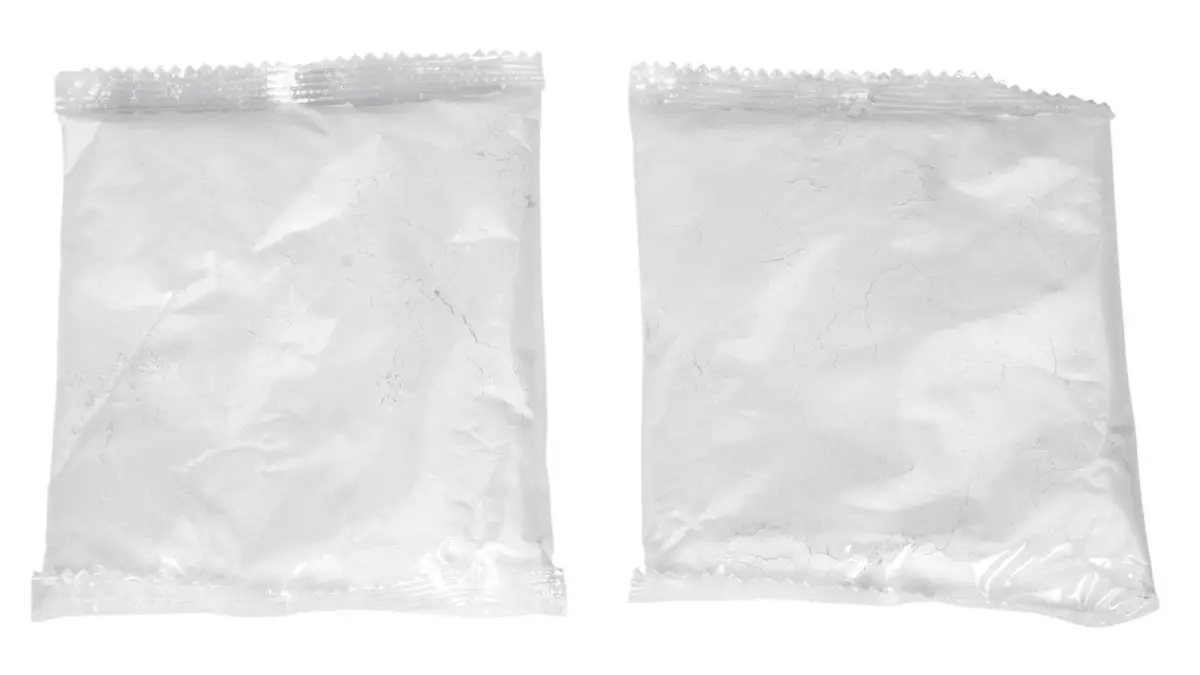Do you need to reinforce your Plaster of Paris project? If so, there are several easy ways to strengthen it. In this blog post, we’ll discuss the definition of Plaster of Paris, its benefits, and ten easy methods for reinforcing it. We’ll also explain how to prepare for a strengthening project properly. So read on to learn how to strengthen Plaster of Paris for a durable and resilient finish.
What is Plaster of Paris?
Plaster of Paris is a plaster composed of gypsum heated to about 300 degrees Fahrenheit. It is a popular material for making casts and molds, as well as sculptures and other art projects. Plaster of Paris is also commonly used in construction because it’s lightweight and easy to work with.
3 Benefits of Strengthening Plaster of Paris
Reinforcing Plaster of Paris helps to make it stronger and more durable. This can be beneficial if you’re creating something that needs to stand up to being moved around or maintain its shape after drying. It can also help prevent cracks and other damages caused by moisture or pressure.
Increased Flexural Strength
One of the main benefits of using a polymer-modified structural repair mortar is that it increases the flexural strength of the plaster. This is important because the repaired area can withstand more movement before cracking.
Increased Adhesion
Another benefit of using a polymer-modified mortar is that it increases the adhesion of the plaster to the wall or ceiling. This is important because it will help to prevent future cracking.
Reduced Shrinkage Cracks
Polymer-modified mortars also have the added benefit of reducing shrinkage cracks. This is because the polymer helps to fill in any voids in the plaster, which prevents cracking as the plaster dries.
10 Easy Ways to Strengthen Plaster of Paris
If you want to keep your Plaster of Paris looking good and lasting as long as possible, you can do a few things to strengthen it. Here are ten easy ways to do just that!
Using Latex Additive
Latex additive is a liquid that can increase its strength when mixed with Plaster of Paris. It increases the bond between the particles in Plaster of Paris, making it more resilient and less likely to crack or break.
Adding Polymer Fibers to the Mix
Polymer fibers can be added to Plaster of Paris for extra strength. These synthetic fibers are made from plastic and help add resistance to cracking and chipping.
Incorporating an Acrylic Resin
An acrylic resin, such as polyester resin, can be added to Plaster of Paris for increased strength. This can help reduce the risk of cracking and breaking due to stress or moisture.
Applying a Layer of Lime or Mortar Overlay
Lime or mortar overlay can be applied over the finished Plaster of Paris sculpture for added strength and protection. This helps create a barrier against water and offers extra support to any bumps or knocks it may encounter.
Applying a Layer of Glass Reinforcement
Glass reinforcement is a great way to make Plaster of Paris stronger and more resilient. This reinforcement involves applying a thin layer of glass fabric over the finished sculpture, protecting against moisture and physical damage.
Applying a Wire Mesh Over the Plaster Surface
A wire mesh can be applied over the plaster surface to add extra strength and support. This helps prevent cracking and offers added protection from moisture and other environmental factors.
Incorporating Steel Rebar into the Mix
Steel rebar can be added to Plaster of Paris for extra strength and support. This helps ensure that your plaster project doesn’t crack or break due to impact or other external forces.
Using Geotextile Fabric
Geotextile fabric is a type of synthetic material that can be used to increase the strength and durability of Plaster of Paris. This helps protect it from cracking or other damages caused by moisture and stress.
Adding Bonding Agents
Bonding agents can be added to Plaster of Paris for improved particle adhesion. This helps strengthen the plaster and makes it more resistant to cracks, chips, and other damages caused by stress or moisture.
Applying Gypsum Plaster
Applying gypsum plaster over Plaster of Paris can significantly increase its strength and durability. Gypsum plaster is designed explicitly for construction due to its solid and resilient finish. It helps protect the Plaster of Paris from cracking or other damages caused by stress or moisture, making it last longer and look better. The gypsum plaster also protects against water, adding an extra barrier of strength and support. Additionally, the bonding agents in gypsum plaster help improve adhesion to further increase its strength and resistance over time.
Final Thoughts
There are many ways to strengthen Plaster of Paris to ensure it looks good and lasts as long as possible. Using latex additive, adding polymer fibers, incorporating an acrylic resin into the mix, applying a layer of lime or mortar overlay, glass reinforcement, wire mesh, and gypsum plaster, you can make your Plaster of Paris much stronger and more resilient. These methods also help protect against water damage, cracking, and chipping and add extra support to any bumps or knocks it may encounter.

